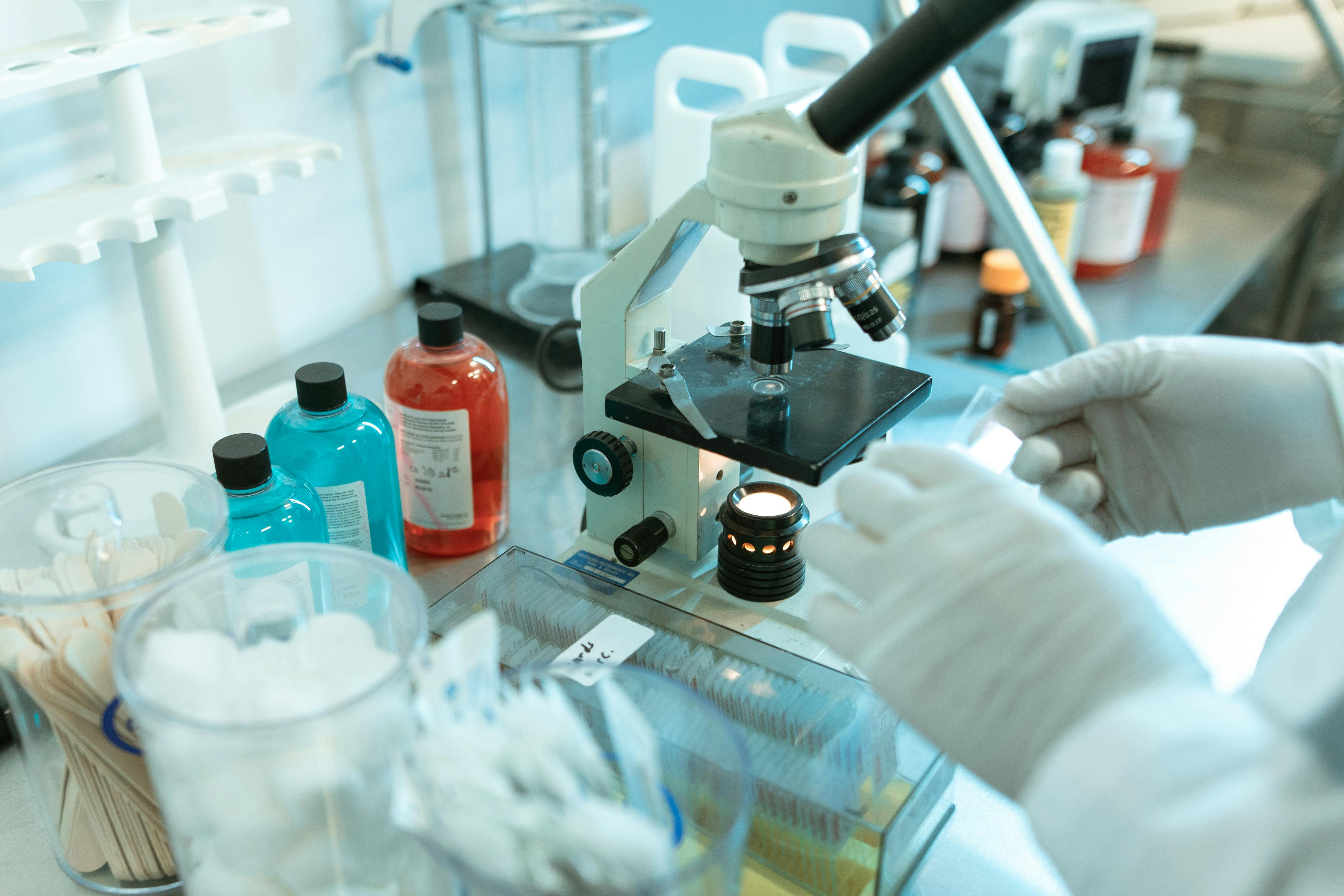Hits: 377 img

The electronics industry has long relied on silicone sealants to protect delicate components from moisture, dust, and other environmental hazards. As electronics continue to evolve, with an increasing focus on miniaturization, increased functionality, and environmental sustainability, silicone sealants will play an increasingly critical role in ensuring the longevity and performance of electronic devices.
Silicone sealants are integral to the protection and sealing of electronic components. Whether used in smartphones, computers, or medical devices, silicone sealants prevent damage from water ingress, dust accumulation, and exposure to harsh chemicals. The use of silicone sealants in electronic devices ensures that the components inside remain functional and safe from external elements, prolonging the lifespan of the product.
With the advent of new technologies, silicone sealants are being increasingly used in cutting-edge applications within the electronics sector:
The future of silicone sealants in the electronics industry is bright. As the demand for smaller, more durable, and more efficient electronic devices continues to grow, the role of silicone sealants will become even more critical. From smartphones to electric vehicles and medical devices, silicone sealants are essential to ensuring the longevity and performance of electronic products. As technology advances, we can expect even more innovative uses for silicone sealants in the electronics industry.
Disclaimer
The content provided here is sourced from the internet, public platforms, and other publicly available channels. We maintain a neutral stance on the opinions expressed within. This article is for reference and exchange purposes only. The copyright of any reproduced content belongs to the original authors and institutions. If there are any infringements, please contact us for removal.
To learn more, click here https://www.siliconeresin.net/